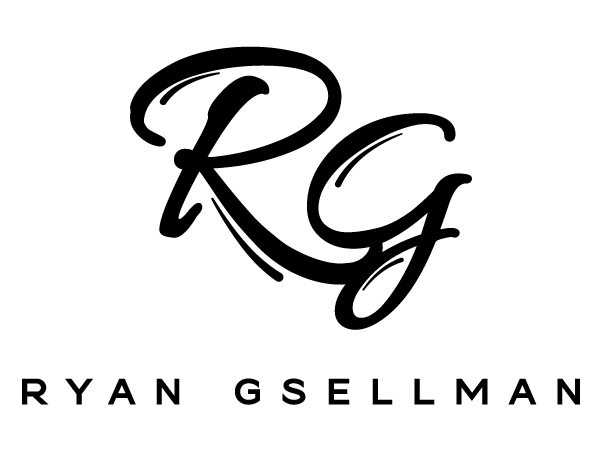The Creative Path to Entrepreneurship
By Ryan Gsellman
What does it really mean to be an entrepreneur today? Is it all analytics, capital, and scaling—or something deeper driving success? For years, entrepreneurship has been portrayed as a science of numbers and strategy. Yet beneath every thriving business lies a force that can’t be measured on a spreadsheet: creativity.
Rethinking the Entrepreneur Archetype
The word entrepreneur often conjures images of investors, tech founders, and pitch decks. But at its core, entrepreneurship mirrors the creative process. It’s about exploration rather than certainty—turning questions into opportunities and ideas into impact. Many of the world’s most influential founders never followed a traditional academic path. They built companies from garages and kitchen tables, driven by curiosity and the urge to solve real problems.
The Real Education Happens in Practice
Some of the most valuable lessons aren’t found in classrooms but in workshops, studios, and real workplaces. A creative education, whether formal or self-taught, develops agility—the ability to adapt, experiment, and think across disciplines.
Entrepreneurs who understand people, not just products, build companies that last. They know innovation isn’t about chasing trends; it’s about solving genuine needs. Long nights refining a project, tight deadlines, and critiques that challenge assumptions teach resilience and problem-solving under pressure. Those same habits—focus, iteration, and persistence—define entrepreneurial grit.
Lessons Handed Down
The entrepreneurial spirit has always been passed down, not through degrees but through mentorship, trade, and observation. Long before “startups” were a buzzword, innovation happened in garages, workshops, and kitchens. People learned by watching, experimenting, and improving what already existed.
Today’s creative entrepreneurs carry that same legacy forward. Craftsmanship, process, and hands-on problem-solving remain the foundation of innovation. Someone who’s spent years on the factory floor understands efficiency better than anyone in a boardroom. A designer who’s shaped materials knows what durability feels like. A machinist or sculptor knows how to troubleshoot and refine. These practical insights are the backbone of every enduring business.
Creativity: The New Currency of Business
In today’s economy, innovation is the most valuable currency—and creativity drives it. The ability to approach challenges visually, conceptually, and empathetically gives creative entrepreneurs a unique advantage. They don’t just design solutions—they make people care.
That blend of imagination and purpose transforms an idea into a movement. Whether it’s a new product, a digital platform, or a sustainable venture, creative thinkers bring something essential to the table: the instinct to create meaning, not just profit.
Turning Ideas Into Action
Entrepreneurship is simply another form of design, using new materials—ideas, relationships, and opportunity. A prototype becomes a product. A concept sketch becomes a pitch. A design brief becomes a business plan. The process remains the same: solving problems, refining ideas, and shaping experiences that resonate.
The difference is scale. What begins as a personal vision can grow to influence industries and inspire others to create.
Building with Purpose
Maybe entrepreneurship isn’t about abandoning creativity for commerce—it’s about merging them. Success isn’t measured only by profit, but by the ability to create something lasting, useful, and resonant.
The future doesn’t belong to those who simply follow instructions—it belongs to those who question them.
